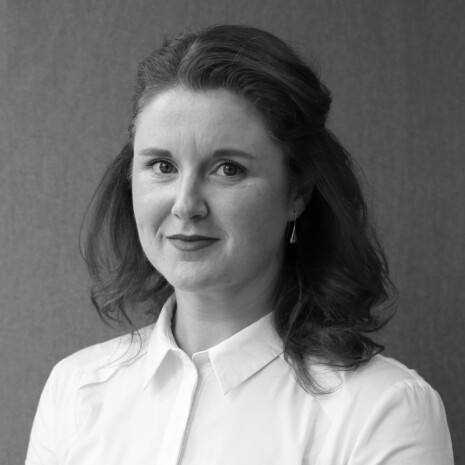
Kate Reardon
Kate is a dynamic Architect who is passionate about creating better healthcare spaces that are not only functional and responsible, but which are also engaging, adaptive and encourage well-being and…
This time ten years ago, Kate Reardon was working with pre-natal patients at Liverpool Hospital.
Today, she is an Associate and healthcare architect at DesignInc Sydney: designing hospitals like the one she used to work in.
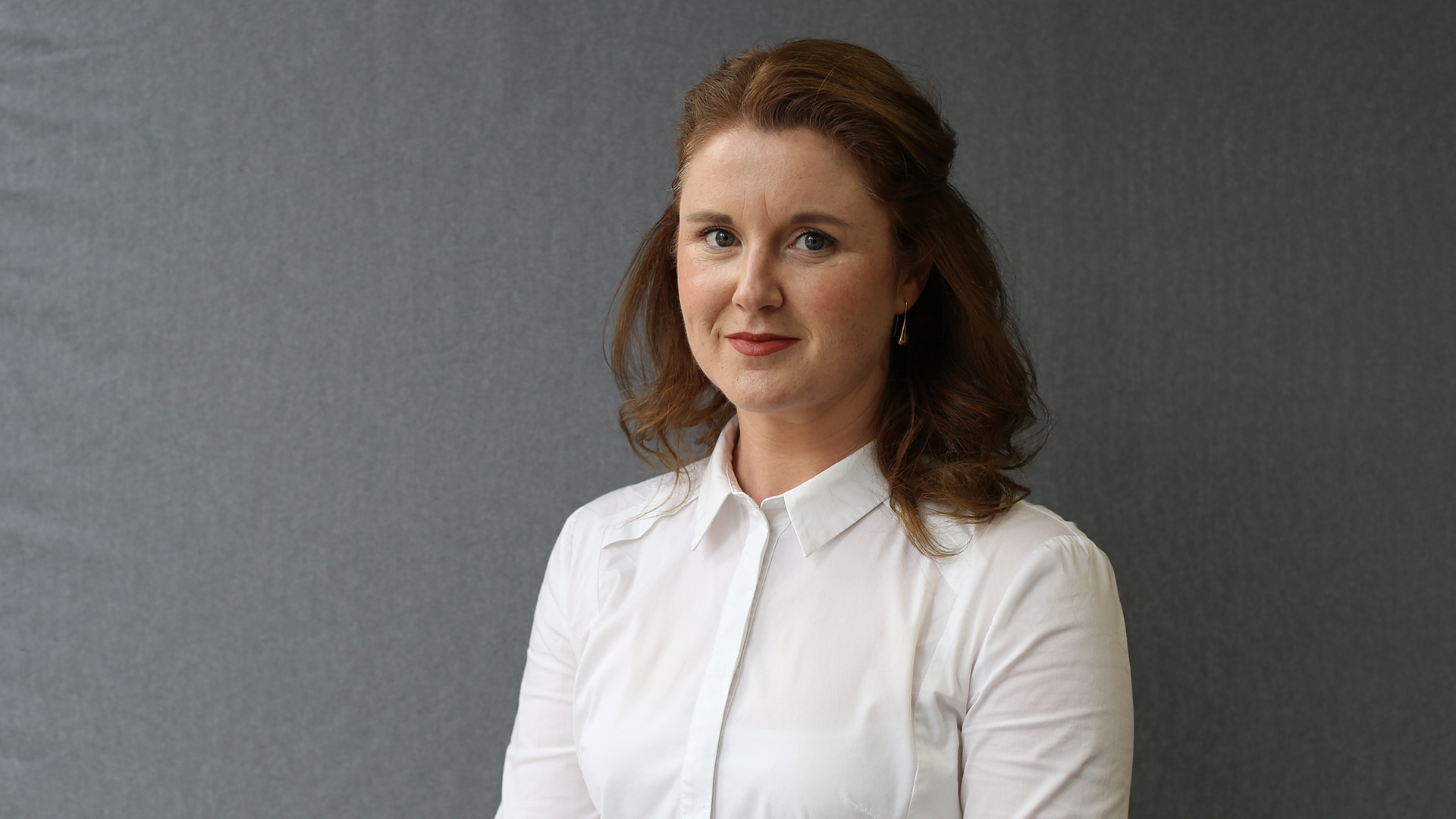
This time ten years ago, Kate Reardon was working with pre-natal patients at Liverpool Hospital. Today, she is an Associate and healthcare architect at DesignInc Sydney: designing hospitals like the one she used to work in.
“I went through school in the early 2000’s, and I distinctly remember my friends and I comparing the advice we received from our careers advisor; teacher, nurse, lawyer, vet, childcare worker,” Kate recalls. “Architecture wasn’t even part of our vocabulary. I don’t think I’d even met an architect!
“So I followed the healthcare path and end up studying medical sciences – which was great! – and had a love for human genetics.”
After seven years, it wasn’t until a conversation with another architect that all of that was to change.
“Having my ‘quarter life crisis’, I wasn’t sure what to do with myself,” Kate laughed. “I was chatting to a friend of mine, a Clinical Geneticist, and her architect husband convinced me very quickly that this [architecture] was something that I wanted to do. It is a true marriage of the left and right sides of my brain. The next day I had my application ready to go back to uni.”
By design, clinics like the one Kate cut her medical teeth in are busy places.
“When a designer usually thinks about a space like a consult room, we automatically think about the layout, the medical requirements, how the space connects to the remainder of the department and how the space is going to be used by both the staff and the patients,” she said.
“The reality for the healthcare staff is much more a shifting beast. For the first 30 minutes, one consult room might need to be used to give bad news and allow a safe space for people to grieve. An hour later, the space may play host to a parent coming in with their four kids under five, for a developmental assessment. Meanwhile mum or dad are trying to juggle their other kids, the clinician is trying to perform an examination under what can only be generously described as strobe lighting.
“Some spaces that we would usually think of as simple, compared to a surgical suite for example, still have to have a lot of thought put into them because those rooms are working really hard to be a lot of things for a lot different people. “
There is also rawness and vulnerability that hospitals, and their design, must cater for.
“You see people at their best and their worst, and you start to consider the spaces in which they need to feel these emotions,” said Kate. “Most people don’t come into a hospital because they’re well and healthy. Rather, the opposite.
“Spaces must be welcoming and caring, but must also accommodate for things like grief—times to step aside and just let yourself just be raw. This space is almost never the quiet breakout zones of reflection that the architect has very considerably and diligently designed; a lot of the times it might end up being somewhere like the coffee shop. Like when you walk through a hospital, a cafe is not necessarily just a cafe, but more a space where people can come together. A place where, for instance, a mother and daughter can go to have a coffee, a slice of cake, and grieve about a grandmother they’ve just lost. The people next to them might be celebrating the birth of a grandchild or anxiously waiting for the news from the outcome of a surgery. There’s a real vulnerability and rawness of emotion that must be considered in nearly every space.”
Kate says a constant is the unique tension of requirements prescribed to health centres.
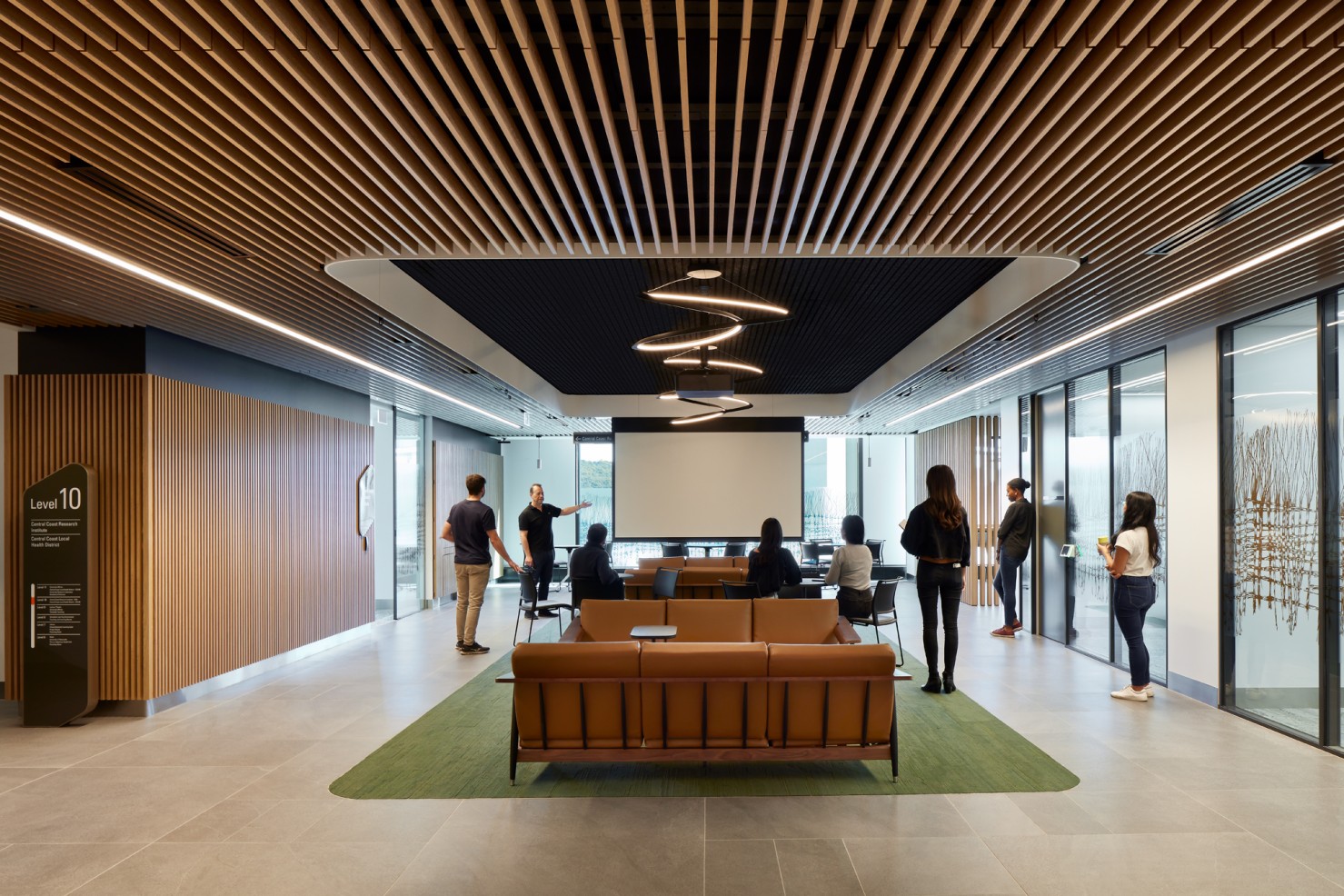
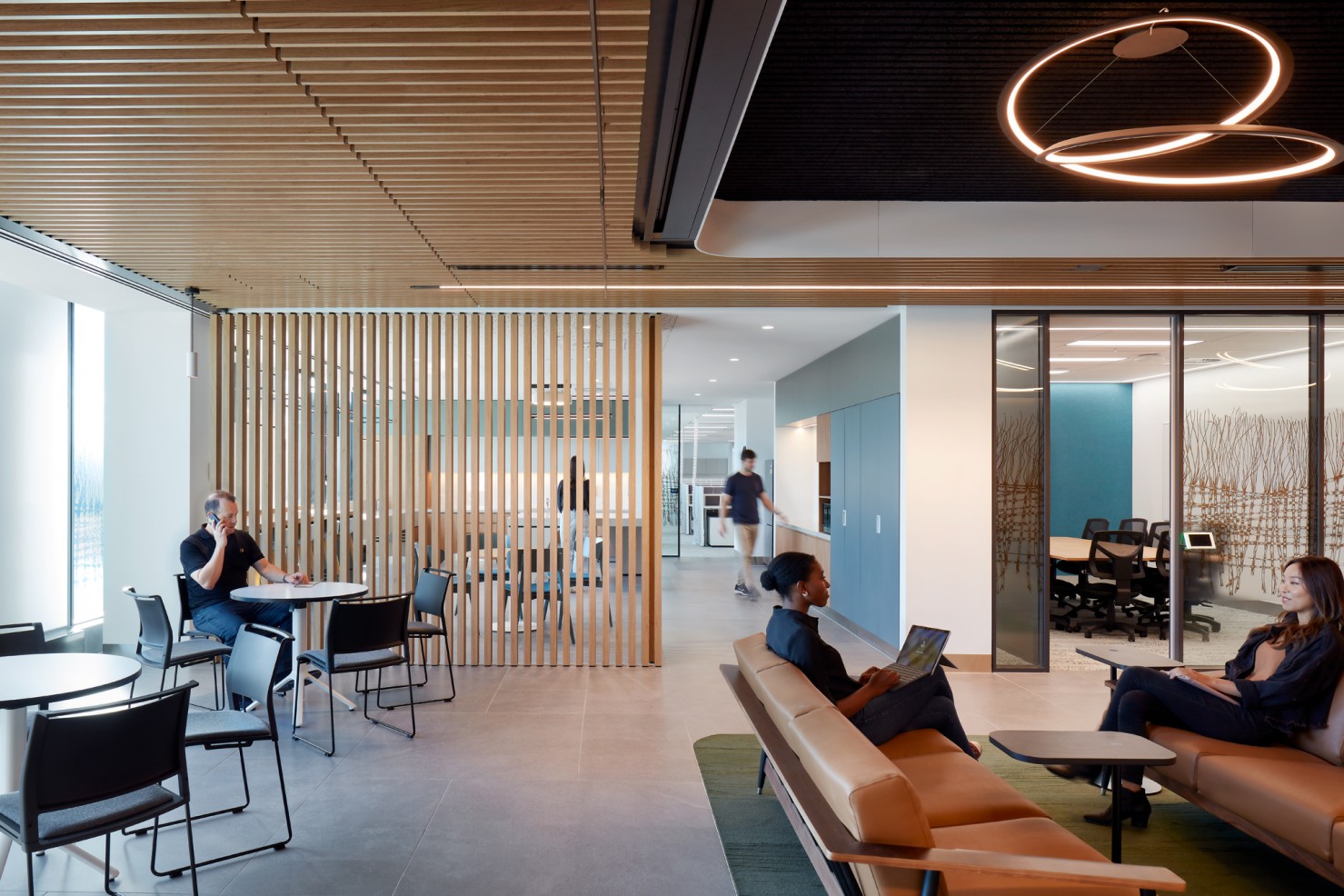
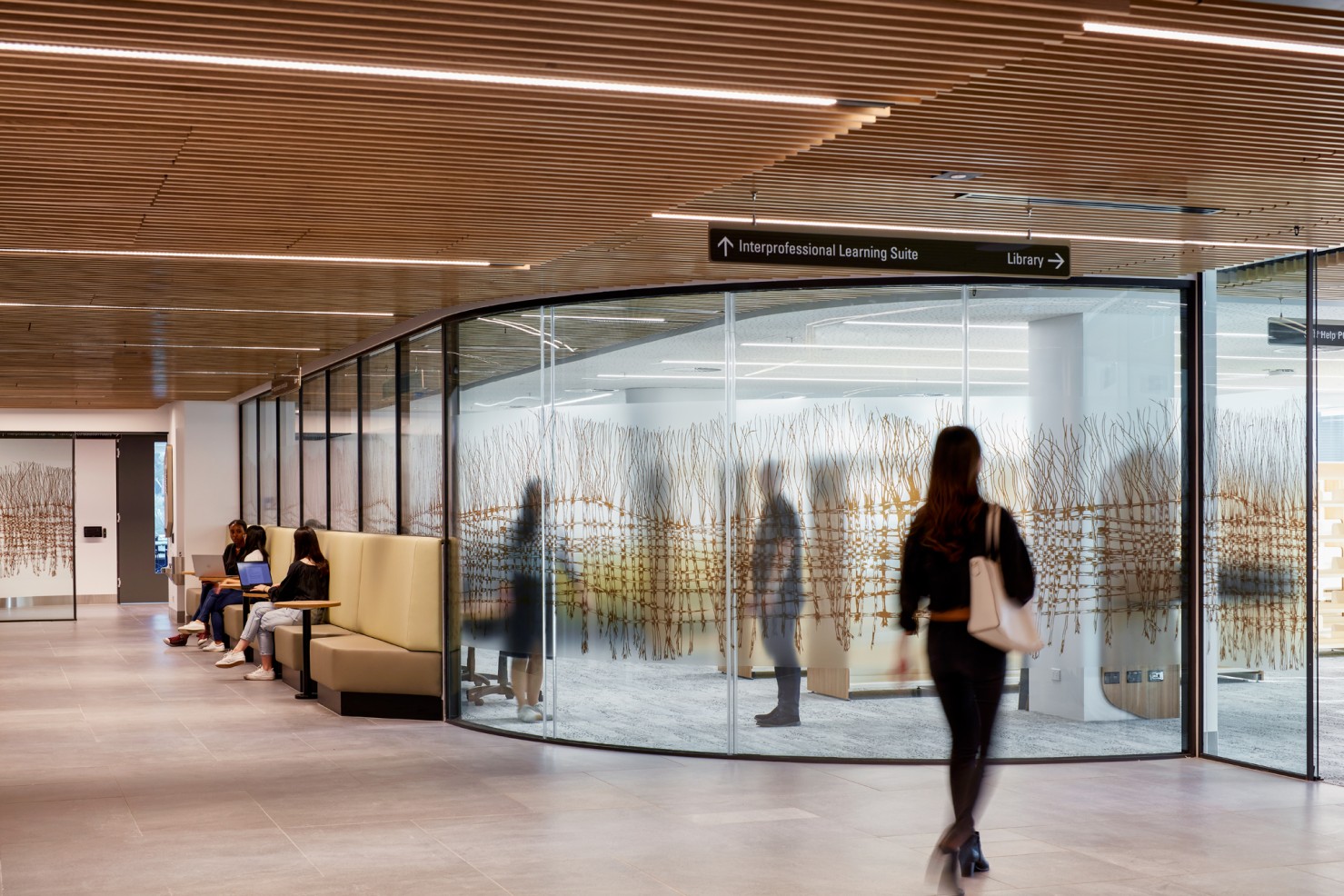
Every part of the hospital is just as important as the next and they all have to work together.
“The room has to feel welcoming, achieve its standards, and fulfil its specific functionality,” she said.
“You’ve got that duality of a space which not only has very clear requirements of functionality and, quite simply, to maintain the health of the patient who’s come in [to the hospital]. You’ve got infection control standards which are beyond important, but are spaces where the people walking in are usually stressed. They’re usually stressed and trying to remember if they’ve brought the right x-rays and reports. They’re trying to fit into a very tight medical schedule. The clinician who’s meeting them has an equally-tight schedule and the room has to accommodate all those tensions.”
But, that’s just a single room itself.
“That’s the micro scale. Then there’s considering the functionality of an entire hospital. What I enjoy most is hospital planning, working in the early stages of design and hearing stories like these from the hospital staff – the intricacies of how their departments work that only they will know, and all the daily anecdotes that we can learn from to help design a better space.
“Every part of the hospital is just as important as the next and they all have to work together.”
Thanks to her past, Kate wears two hats: designer and clinical staff. A trait, she says, helps her develop a better understanding of the needs of both the staff and patients.
“By understanding the health team, and the huge force of the administration and engineering teams, you can better understand what their needs are going to be; whether it’s the option of taking a step away from everything in a place that isn’t your desk or clinical room. If you’re doing an entire day of back-to-back clinics or if you’ve been run off your feet—an experience health teams know all too well—it means a lot to just take a minute to pause. Sometimes, if time allows, all you want to do is find a quiet space in the sun and have your lunch.”
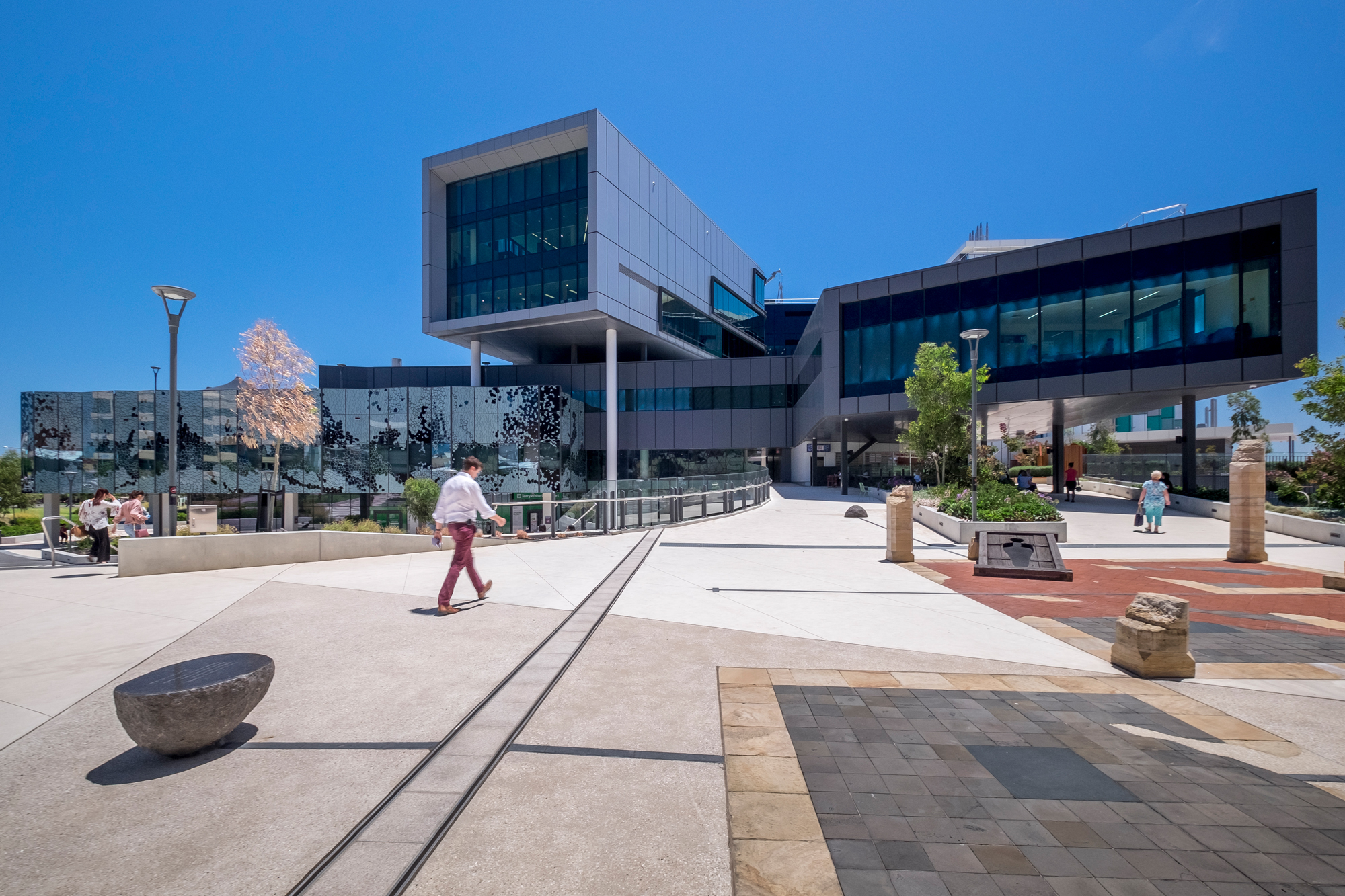
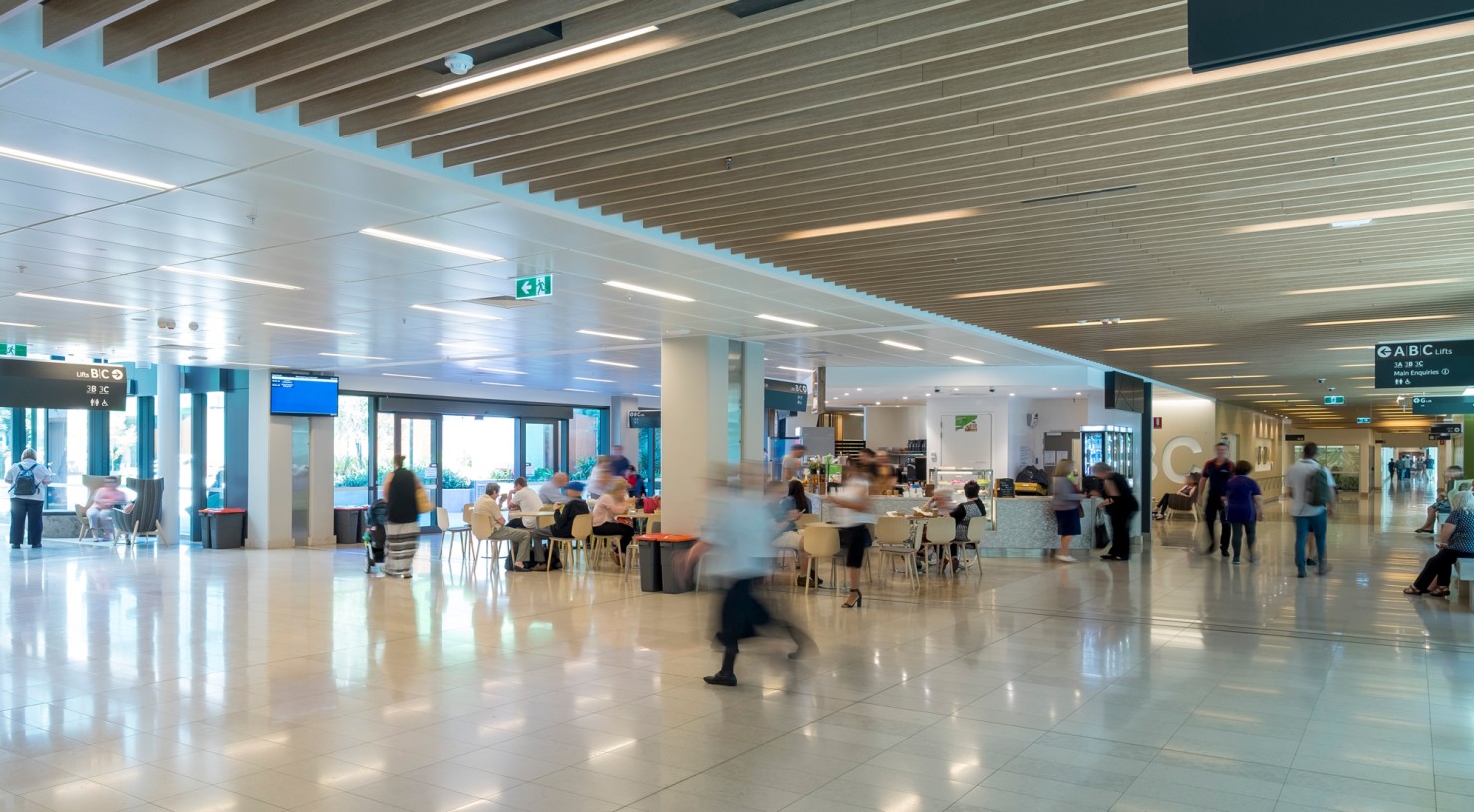
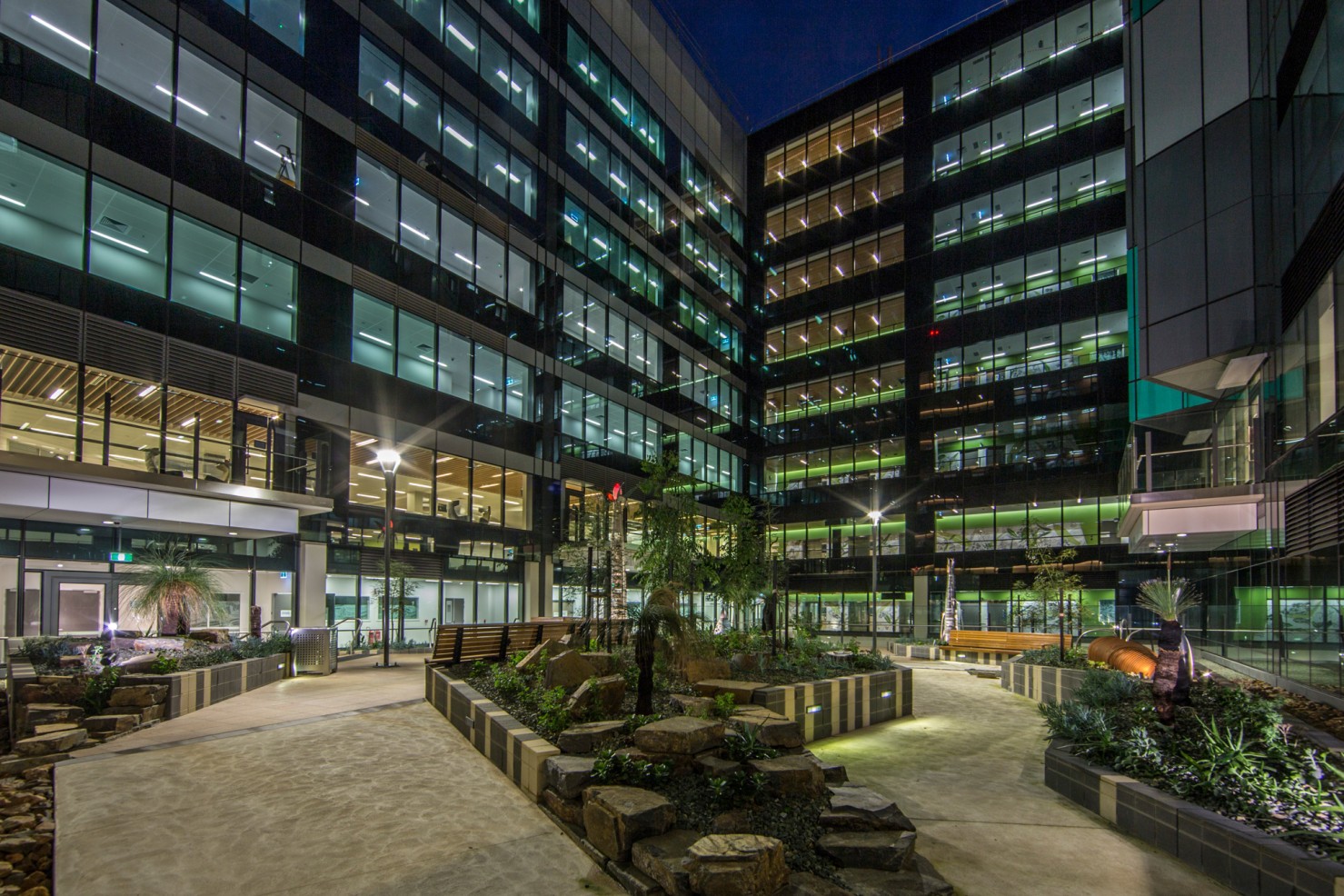
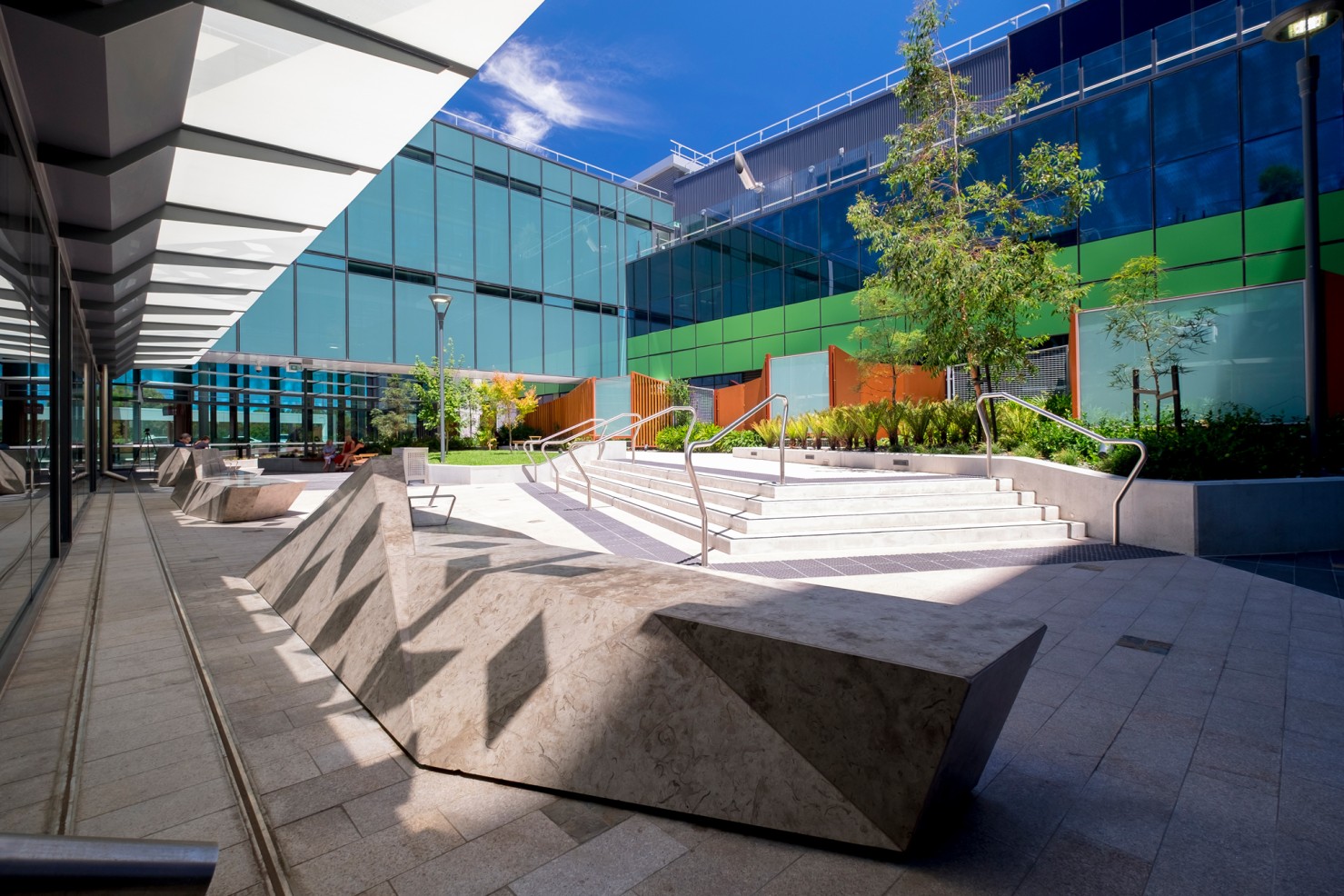
In the post-COVID world, Kate sees the knock-on effects on hospital planning mentality.
“It’s triggered a lot of specialities to reconsider what people call their ‘traditional model of care’. Usually this happens organically—as treatments change and develop, as technology advances and gets integrated into everyday life, as demographics shift.
“The way patients are treated now, and the way systems are in place now is not necessarily going to be the same in five years, most certainly not in twenty years. Planning and design needs to be ahead of this and allow for adaptations to occur. That knowledge, we learn directly from the staff using the hospital.”
You can read more about Kate and her experience here.